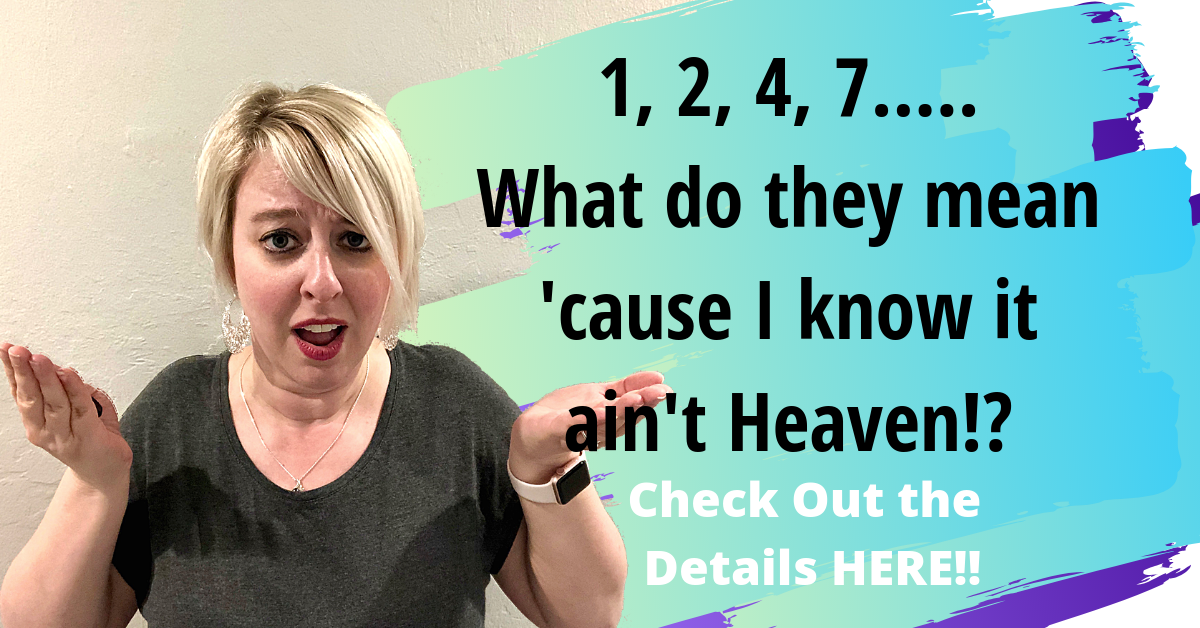 Plastic is EVERYWHERE these days, but is that a good thing? It’s certainly the most convenient choice when it comes to budget, weight, and durability (or so it would seem anyway).
Plastic is EVERYWHERE these days, but is that a good thing? It’s certainly the most convenient choice when it comes to budget, weight, and durability (or so it would seem anyway).
Most likely, you’ve never really thought about it. And why would you? Our lives are inundated with plastic, and we often don’t question things that we are used to.
Heck, we’re in a time period now where most adults grew up consuming the majority of our food and beverage out of plastic, but the milk man wasn’t just a fictional character. Milk used to come in glass bottles! And not too long ago, glass was the go-to vessel of choice.
I can remember being a small kid, maybe 6 or 7, when soda pop came in a glass bottle. This was the norm. Then there was a shift to cans, and the next thing I knew, it was plastic! I didn’t think much of it at the time, but I sure do now.
While working for a glassware manufacturer, I learned a lot about the dangers of plastic, in particular what each of the plastic numbers represent. And in realizing that consumers often don’t know what these plastic numbers mean, I wanted to share this info with you.
Download My 5 MUST-HAVE Smartphone Apps Guide Here
Plastic Number 1 – Polyethylene Terephthalate, better known as PET or PETE
This is a plastic resin and a form of polyester. It is commonly used to package:
- Cosmetics
- Household cleaners
- Water
- Juice
- Soft drinks
- Salad dressings
- Oil
- Peanut butter
There have been studies finding that levels of antimony, a toxic chemical, leach from water bottles when placed in heat for prolonged times. This plastic can also leach endocrine disrupting chemicals like acetaldehyde over time.
This plastic number should only be used once!
Plastic Number 2 – High-Density Polyethylene, better known as HDPE.
This is a polyethylene thermoplastic made from petroleum and is commonly found in the manufacturing of toys and the packaging of:
- Laundry detergent
- Milk jugs
- Bottle Caps
- Food Storage Containers
- Plastic Bags
- Plastic Surgery
- Folding chairs & tables
Plastic number 2 is generally considered to be safe. However, additives and softeners used in this plastic have never been tested for safety. Do you want to test your luck with this plastic?
Plastic Number 3 – Polyvinyl Chloride, better known as PVC.
This is a thermoplastic polymer which can be made softer and more flexible through the use of phthalates, a plasticizer. It is commonly found in the following:
- Shower curtains
- Cling wrap
- Waterbeds
- Pool toys
- Inflatable structures
- Clothing
- Vinyl IV bags used in neo-natal intensive care
Plastic number 3 can also be found in car interiors and vinyl flooring, which can release toxic chemicals into the air. This is generally considered to be the most toxic plastic, leaching phthalates, carcinogens, dioxins, and more chemicals linked to reproductive problems, diabetes, organ toxicity and cancers.
Plastic Number 4 – Low-density Polyethylene, better known as LDPE.
This is a thermoplastic made from petroleum and is flexible and tough but breakable. It is found in the following:
- Juice and milk cartons (as the water-proof inner and outer layer)
- Most plastic grocery bags
- Playground slides
- Plastic Wraps
- Some packaging material
Plastic number 4 is generally considered safe. However, these plastics degrade very slowly and present a burden to the environment for centuries.
Plastic Number 5 – Polypropylene, better known as PP.
This is a thermoplastic polymer which is strong, tough, and has a high resistance to heat as well as acts as a moisture barrier. It is found in the following:
- Yogurt & margarine tubs
- Plastic cups & baby bottles
- Kitchenware, microwavable plastic containers and lids
- Carpets
- Textiles
- Stationary
- And more
Most PP are microwaveable and dishwasher safe. But it is important to note that this only means that the plastic will not warp when heated. It does NOT mean that it is a healthy practice to do so.
Plastic number 5 is also generally considered safe. However, additives and softeners used in this plastic have never been tested for safety.
*HINT* – Look for personal care products packaged in plastic numbers 4 or 5, preferably, (2 is also ok if necessary) for your safest options BUT, when possible, buy personal care products that are packaged in GLASS. If you’d like to know my go-to personal care brand which uses these safer plastics and GLASS please contact me here!
Plastic Number 6 – Polystyrene, better known as PS.
This is a petroleum-based plastic. It can be hard or used in the form of styrofoam. It is found in the following:
- Disposable cutlery
- CD and DVD cases
- Egg cartons
- Foam cups & to-go foam packaging from restaurants
- Widely used in packaging materials and insulation
Plastic number 6 leaches extremely toxic brominated flame retardants over their lifespan. Long term exposure to small quantities of (poly)styrene can cause neurtoxic (fatigue, nervousness, difficulty sleeping), hematological, cytogenic, and carcinogenic effects. Yikes!!
Plastic Number 7 – Other (Varies, or a catch-all for anything else), better known as O
This catch-all category includes bioplastics and multi-layered resins and may or may not contain bisphenol A, or BPA. It is found in the following:
- Electrical wiring
- CD/DVD cases
- Baby bottles
- 3 and 5 gallon reusable bottles
BPA mimics the effects of estrogen and is linked to infertility and developmental damage (and yet it’s used for baby bottles!). So be weary of plastic number 7!
Cancer continues to rise……and while I am absolutely not a doctor, I believe that consuming food, beverages, and personal care products out of plastic is a likely contributor to the rise in cancer.
I guess what I’m getting at is that, as far as I’m concerned, there is NO good plastic, particularly when it comes to food and beverage consumption. Of course there is no way to eliminate all of the plastic from our lives. This day and age it is so common that we just can’t get away from it. 🙁
But we can do our own due diligence by ensuring we are reducing the amount of plastic we use, and by ensuring that the products which we DO consume out of plastic are contained in the SAFEST plastic possible. So when you do have to use it, opt for plastic numbers 4, 5, and even 2 if possible.
If you’d like to know my go-to brand for makeup and personal care products which packages their products safely and responsibly, please contact me here!
And don’t forget to download my FREE guide – My 5 MUST-HAVE Smartphone Apps Every GOOD Mom to Keep Their Family Safe and Healthy! You can get it NOW by clicking the button below!!
Download My 5 MUST-HAVE Smartphone Apps Guide Here
And please, PLEASE recycle your plastic products! Double check the plastic number on the bottom, and recycle all that you can! If I’m ever in doubt, I put it in the recycling anyway…….because I figure that they separate it out at the facility (at least I THINK they do)!
I hope that you have found some value in the information about plastic numbers above, and are able to put it to good use!
If you have found value, please share by clicking on the icons below this article so that I can help your friends and loved ones as well!
Until next time……..
Here’s to achieving true wellness!

*Legal Disclaimer – All information provided above is for educational purposes only. Information should not be construed as medical or legal advice in any capacity and is not intended to prevent, diagnose, treat, or cure disease.